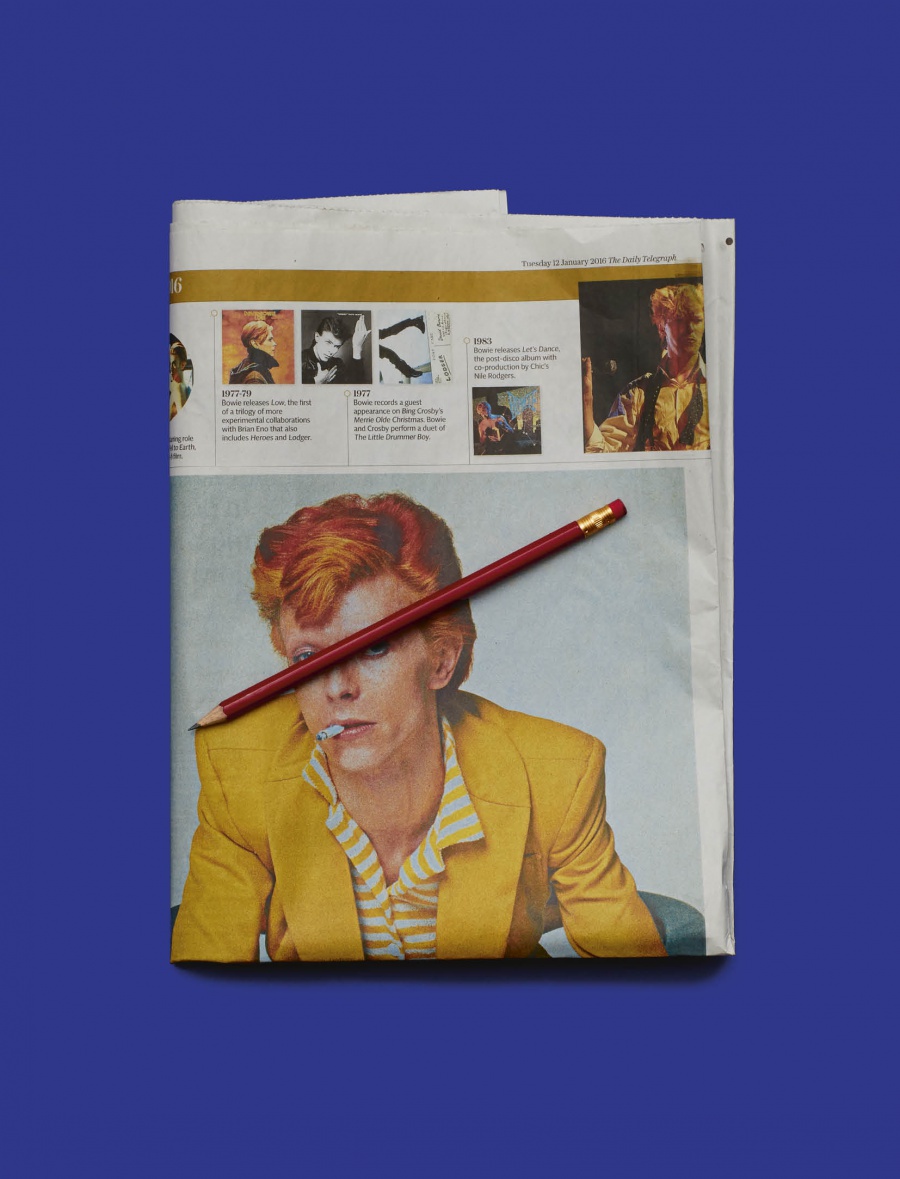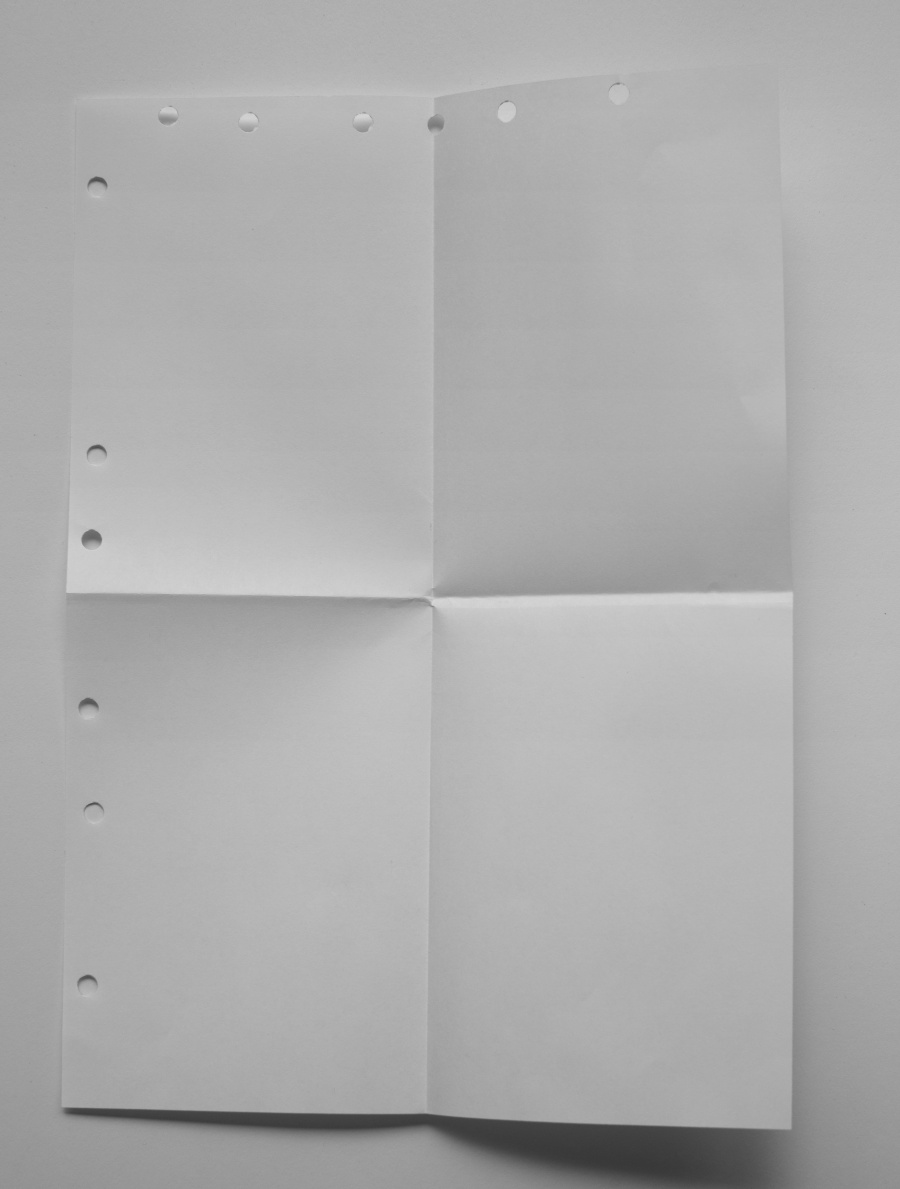Kunst Talk: Hans Ulrich Obrist
Olu Odukoya in conversation with Hans Ulrich Obrist

Olu Odukoya:
It seems like data is everywhere now, resulting in a somewhat diluted definition. What does data mean to you?
Hans Ulrich Obrist:
The quantities, characters, or symbols on which operations are performed by a computer, which may be stored and transmitted in the form of electrical signals and recorded on magnetic, optical, or mechanical recording media. Data does not necessarily mean more memory — as the late Eric Hobsbawm told me: amnesia could very well be embedded in the digital age.
OO:
Is data art?
HUO:
Data is data, and art is art, and everything else is everything else is everything else. Data can be transformed into art when artists liberate the poetic and intercultural dimension of data.
OO:
There are 100 million+ subscribers on Netflix — a service that is based on machine learning. The platform rewrites itself as it learns from us and so around 80% of what we watch is discovered through the platform’s recommendation system. How often do you think about the amount of data you produce? If you were to visualise it, how much physical space would it take up? A football pitch? A large department store? Seven cruise ships?
HUO:
The main issue is the environment. The incremental use of data in the world is one of the factors in climate change and the extinction crisis. We have to challenge the role that technology plays in our culture and society to chart a course that tells an alternative story of the role of technologies in our collective future on Earth and beyond. It’s what we try to do with our General Ecology projects at the Serpentine. By taking an active stance towards embedding ecological principles into the everyday.
OO:
How much information are you giving away — have you ever tried to control it? How has this changed the way you work?
HUO:
The important thing is to delink! I get up very early and for the first few hours of the day I am offline and handwrite my ideas into a notebook, then I go jogging and only then do I link. Often, I also delink in the evening. To delink is important, as says artist Paul Chan. The second point here is to radically reduce the number of notifications. The third is not to go for recommendations, rather than to follow recommendations, and as Jaron Lanier says: never accept video recommendations, choose to actively choose what one wants to see, hear or listen to.
OO:
Data is gathered from our viewing habits across much of social media, meaning that the news, products and culture we access have been shaped by what we have consumed before. Data is used to promote stability. Our habits are pre-programmed like the cycles on an expensive washing machine. This is Social Technology: a way of using human, intellectual and digital resources in order to influence processes. Can you describe your algorithm?
HUO:
One question is: how to escape the prison of one’s own filter bubble. Another thing I do in the morning is to cyber-introduce two people who have never met and who are in different fields, in different bubbles. That’s another way of breaking the filter bubble to make many new junctions of unexpected encounters. It’s a cyber-introduction ritual. We must read Raoul Vaneigem’s Dérive to this end, as we can learn from him. One other way of liberating ourselves from the filter bubble is the methodology to be in touch with a group of colleagues (some of whom we don’t agree with) all over the world, and then we are sending each other articles to read all day long, we don’t follow what the computer tells us to read but follow human-to-human contact, which is a key way to never fall into the isolation that allegedly results from personalised searched when the algorithm locks us in more and more. As Pariser says: your filter bubble is your own personal, unique universe of information that you live in online. What’s in your filter bubble depends on who you are, and it depends on what you do. But you don’t decide what gets in, and more importantly, you don’t see what gets edited out.
OO:
If we set a Google alert on someone then our understanding of them is designed by the data they leave behind. Who does your viewing history say you are?
HUO:
It’s mostly my writing and alerts for my books and talks and what I do in the analogue world, so it’s like a self-writing bibliography.
OO:
Physical actions (like watching a film, buying a pregnancy test on Amazon, attending an online yoga class) create chains of data either passively (known as data exhaust) or actively (this is when information is shared willingly by us, as with social media). In the last two months the actuality of being alive has been channelled through a glass prison (the screen). How has this made you re-think your practice?
HUO:
I have done many things off-screen to go beyond the two dimensions of it: endless walks where I started to interview animals; also we re-launched the Do It project. We observed during lockdown that many people revisit the Do It books and realise the de-instructions. The screen has made me think about how to live together without imposing my — or our — rhythm on anyone else. It’s the lesson in Roland Barthes’ amazing text on how to live together. It also made me think about new forms of gathering.
OO:
Everything is surveyed. We are getting our resources from data — not travelling or seeing the world with our own eyes. Modern Matter is made through the eyes of others. Are we all just cultural plagiarists?
HUO:
It’s important to look at the practice of Sondra Perry whom we showed at the Serpentine two years ago in a solo show, Typhoon Coming On. As Perry says: “I am interested in thinking about how Blackness shifts and morphs and embodies technology to combat oppression and surveillance throughout the diaspora.” When making art, Perry wants people to feel like they have space and agency. Perry takes her personal history as a point of departure for her use of digital tools, data and material — ranging from blue-screen technology to 3D avatars to found footage on the Internet. Perry is committed to net neutrality and ideas of collective production and action using open source software to edit her work and leasing it digitally for use in galleries and classrooms while making her work available online. As Tim Berners-Lee, who invented the www in the late eighties, says: we have to save net neutrality, which is endangered if we have a fast internet for people who can pay and a slow one for all the others.



